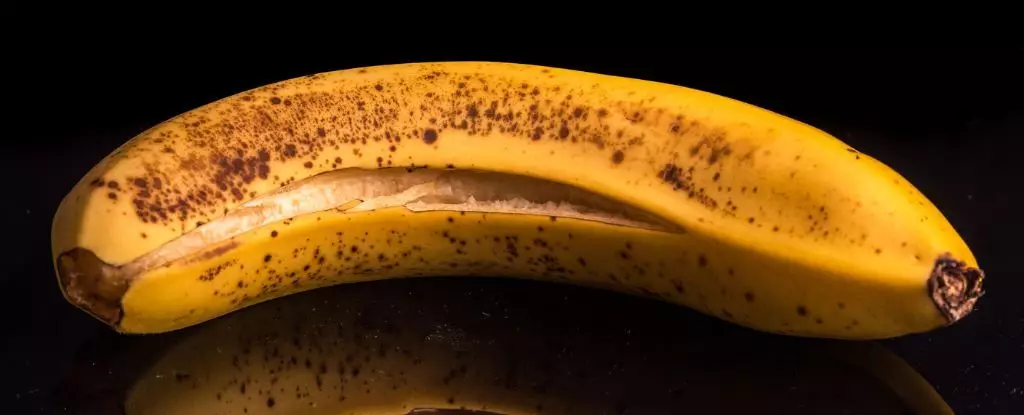In many kitchens around the world, bananas are a staple fruit. However, most people are unaware of the hidden potential that lies within their discarded peel. With the increasing focus on sustainability and reducing food waste, the banana peel stands out as an underutilized asset. Recent research has highlighted the nutritional benefits and culinary versatility of this often-overlooked fruit component, opening up new avenues for creativity in cooking and baking.
Banana peels often end up in the trash, contributing significantly to food waste. Yet, studies reveal that these skins are rich in essential nutrients. Packed with dietary fiber, potassium, and magnesium, banana peels offer considerable health benefits. These nutrients are important for numerous bodily functions, including muscle control and heart health, making the peel an excellent addition to a nutritious diet. Furthermore, they contain antioxidants that can combat oxidative stress and may even possess cancer-fighting properties. Working to extract the goodness from banana peels not only maximizes their nutritional content but also contributes to a more sustainable food system.
Transforming banana peels into a usable ingredient is a fascinating approach to cooking. Recent experiments have shown that when banana peels are blanched, dried, and ground into flour, they can be incorporated into various baked goods. This technique isn’t just a quirky fad; taste tests have proven that banana peel flour can yield delectable cookies that rival their traditional counterparts. In one study, cookies made with up to 7.5 percent banana peel flour received positive reviews, demonstrating that consumers enjoyed the flavor as much as, if not more than, conventional recipes.
However, it is worth noting that too much banana peel flour can impact texture and appearance. Products made with higher concentrations tended to turn darker and harder. Striking the right balance is the key to harnessing the best of banana peel flour while ensuring a pleasant taste and texture in the final product. When done correctly, banana peel-infused cookies can remain fresh for up to three months, showcasing their potential as a long-lasting pantry staple.
The versatility of banana peels extends beyond just cookies. They can enhance a range of baked goods such as breads, cakes, and even pasta. Specific studies suggest that substituting a portion of wheat flour with banana peel flour can increase the nutritional profile of these items significantly. In a world where nutritional awareness is growing, this alternative is worth exploring. Moreover, the natural food coloring provided by banana peels can beautify and add a unique touch to dishes.
Some chefs and home cooks are even thinking outside the box, incorporating banana peels into savory dishes. For instance, culinary expert Nigella Lawson has crafted curries that utilize the banana peel for enhanced flavor and nutritional value. Vegan cooking enthusiasts have taken it a step further, introducing dishes like banana peel bacon and pulled “pork” made from the fruit’s skin. These innovations not only elevate the culinary experience but also challenge our preconceived notions about what we can use in cooking.
One of the significant benefits of utilizing banana peels is the substantial reduction of food waste. An astonishing 40 percent of a banana’s weight is in its peel, and yet, society tends to dispose of it without a second thought. Harnessing the nutritional and culinary potential of banana peels can help combat this issue. Every piece of food that is consumed contributes to a more efficient and responsible food system, which is crucial for addressing environmental concerns.
In addition, banana peels possess natural antimicrobial properties that can aid in prolonging the shelf life of certain products. This fact could pave the way for innovative food preservation techniques and sustainable practices in the kitchen.
Next time you enjoy a banana, pause for a moment before discarding the peel. Consider the fascinating culinary possibilities and nutritional benefits that lie within that yellow skin. As the trend towards sustainable cooking and eating continues to grow, embracing banana peels can not only enhance your diet but contribute positively to the environment. There is an entire world of flavor waiting to be discovered, and the banana peel might just be the unsung hero in your kitchen. Transform the way you think about food waste and explore the dynamic uses of parts of the fruit that are often mistaken for trash. Your palate and the planet might thank you.

